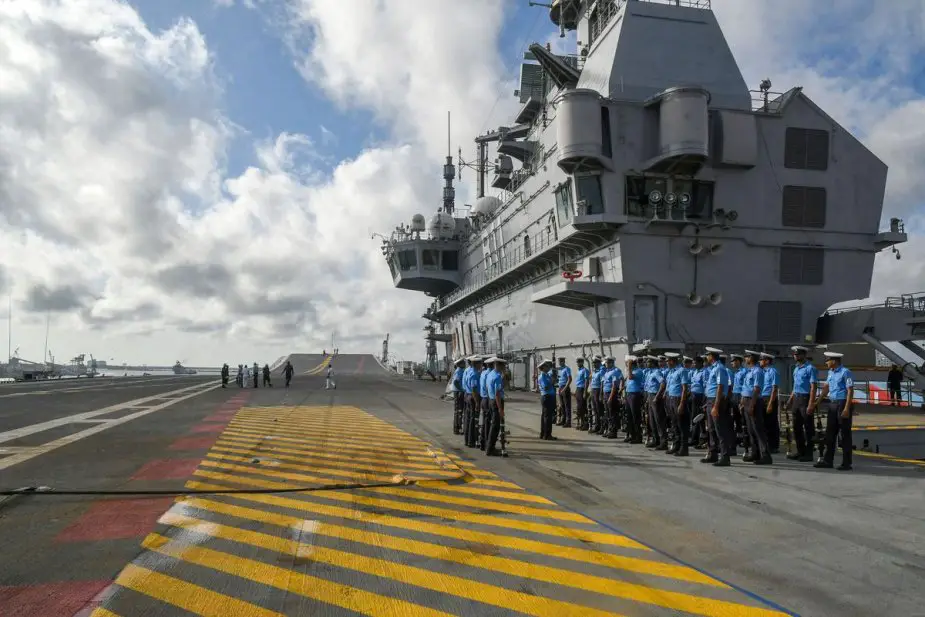Breaking news
Indian aircraft carrier INS Vikrant to be commissioned in two weeks.
According to information published by Adayavani on August 22, 2022, the first Indigenous aircraft carrier (IAC-1) INS Vikrant will be commissioned on 6 September.
Follow Navy Recognition on Google News at this link
 Indian Indigenous aircraft carrier INS Vikrant (Picture source: The Hindu)
Indian Indigenous aircraft carrier INS Vikrant (Picture source: The Hindu)
Designed by the Indian Navy's Directorate of Naval Design (DND) and built by CSL, a public sector shipyard under the Ministry of Shipping, the aircraft carrier was named after its illustrious predecessor, India's first aircraft carrier, which played a key role in the 1971 war.
The 262-meter-long aircraft carrier has a total displacement of nearly 45,000 tonnes, which is much larger and more advanced than its predecessor. The ship is powered by four gas turbines with a total output of 88 MW and has a maximum speed of 28 knots.
The aircraft carrier has a length of 262 m (860 ft), a beam of 62 m (203 ft), and a draught of 8.4 m (28 ft). She can carry a complement of 1,449 sailors (including aircrew).
It is expected to carry an air group of 30 aircraft, including 24-26 combat aircraft, mainly MiG-29Ks, as well as 10 Kamov Ka-31 or Westland Sea King helicopters. The Ka-31 will perform the airborne early warning (AEW) role and the Sea King will provide anti-submarine warfare (ASW) capability.
The Vikrant has been built with a high degree of automation for machinery operation, ship navigation, and survivability, and has been designed to accommodate a range of aircraft and helicopters.
It was designed to accommodate a mix of fixed and rotary wing aircraft. The ship would be capable of operating an air wing consisting of 30 aircraft including MIG-29K fighters, Kamov-31s, MH-60R multi-role helicopters, in addition to domestically produced Advanced Light Helicopters (ALH) and Light Combat Aircraft (LCA).
Using a new mode of aircraft operation known as STOBAR (Short Take-Off but Arrested Landing), the IAC is equipped with a springboard for launching aircraft and a set of "arresting cables" for on-board recovery.
Several design iterations, including the use of 3D virtual reality models and advanced engineering software, were used by the Naval Design Branch to shape the design of the aircraft carrier. CSL also upgraded its shipbuilding infrastructure and improved its productivity skills during the construction of the ship.
The shipborne weapons include Barak LR SAM and AK-630, while it has MFSTAR and RAN-40L 3D radars as sensors. The vessel has a Shakti EW (Electronic Warfare) Suite.



























